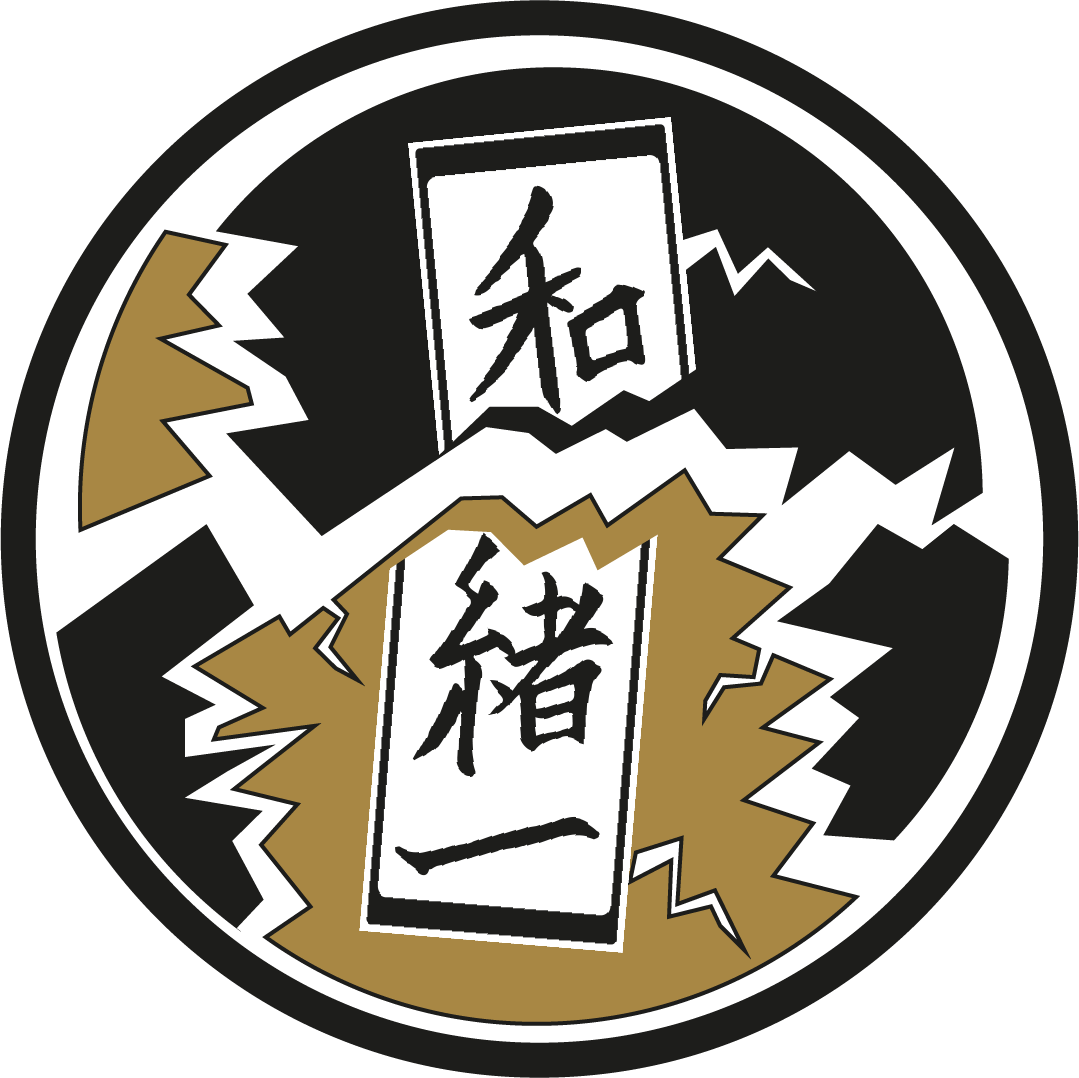Hey, Hi, Hello!
The most basic step of learning a new language is discovering how to say ‘hello’. Many people know konnichiwa, even if they have never learned Japanese, so you too would probably be starting out with this knowledge; however, that is not the only option.
In fact, こんにちは konnichiwa is typically a mid-day greeting, which is why in the morning you will be saying おはようございますohayō gozaimasu and in the evening こんばんは konbanwa. When writing, take care to use the hiragana for は and not わ in both konnichiwa and konbanwa, as originally these words were written (and sometimes still are) as 今日は and 今晩は. The final wa stems from the particle は, so using the character わ would be wrong.
Another formal greeting with a distinguished feel is ご機嫌よう gokigenyō, ‘how do you do?’. But you are much more likely to hear it in an anime about an elite boarding school for girls, such as Maria-sama ga miteru, rather than real life.
If you wish to be less formal though, you do have more variety to choose from. In the morning, you could use the simple and neutral おはようohayō, but you can also go for the many boyish alternatives, such as おはよっすohayossu, おす osu or the concise よ yo. A girly greeting, in turn, is a friendly ヤッホー yahhō. Then again, a common way to greet friends is by saying やあ yaa followed by their name. This is more of an attention-grabbing exclamation than a greeting in itself, a sort of ‘Oh, Suzuki!’ (やあ、鈴木くん yaa, suzuki-kun) acknowledging their existence.
Interestingly, the greetings might also differ depending on the regional dialect. For example, in some prefectures, such as Osaka or Nara, you are likely to hear おはようさん ohayōsan, while Kanagawa might surprise you with a おはよーござんす ohayōgozansu, and Okinawa shock with うきみそーちー ukimisōchii (which apparently translates to ‘were you able to get up?’).
Do you happen to know any other Japanese greetings?
Written by AL

